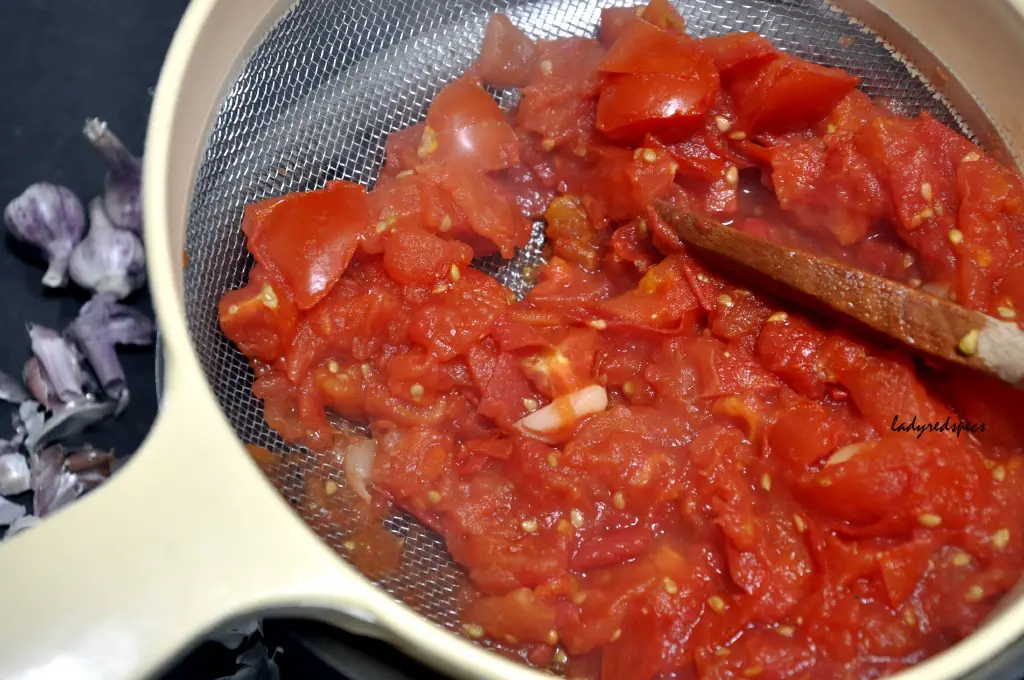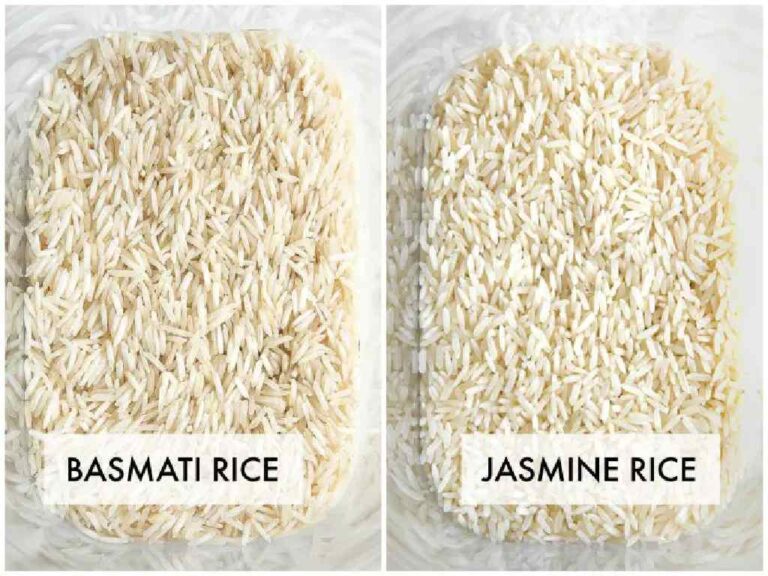Straining Tomatoes Without a Food Mill: 5 Simple Methods to Try

Tomatoes are a kitchen staple, and whether you’re making a fresh sauce, soup, or salsa, the process often involves straining them to get that smooth, velvety texture. But what happens if you don’t have a food mill on hand?
No worries! I’ve been there, and I can tell you—there are plenty of ways to strain tomatoes without needing any fancy equipment. In fact, you can get that perfect puree with a little creativity and a few everyday kitchen tools.
I’ve put together five simple and practical methods you can try at home. Whether you’re working with fresh, juicy tomatoes or canned ones, these techniques will help you achieve a smooth consistency for whatever dish you’re whipping up.
Why Strain Tomatoes in the First Place?
Before we dive into the “how,” let’s talk about the “why.” Straining tomatoes helps separate the flesh from the seeds and skins, giving your dish a smoother, more refined texture. This step is especially important for sauces and soups, where you want a rich, silky finish rather than chunky, watery results. Straining also removes the extra moisture, making your dish more concentrated and flavorful.
While a food mill is typically the go-to tool for this task, it’s not the only option. Let’s explore five other methods that are equally effective and require tools you probably already have in your kitchen.
1. Use a Fine Mesh Sieve (The Old Reliable)
If you don’t have a food mill, your trusty fine mesh sieve (or strainer) is your best friend. This method is as simple as it gets, and you likely have one of these in your kitchen drawer already. It works wonders for removing tomato skins and seeds.
Steps:
- Step 1: Cut your tomatoes in half or quarters, depending on their size.
- Step 2: Place the sieve over a large bowl or pot. Make sure the bowl is large enough to catch the liquid that will drain through.
- Step 3: Use the back of a spoon or a rubber spatula to press the tomatoes through the sieve. Keep pressing until most of the pulp has gone through and only the skins and seeds are left behind.
- Step 4: Discard the leftover solids and transfer the smooth tomato puree into your dish.
Pro Tip: If you’re making a large batch of sauce or soup, do this in batches to prevent any mess. This method may take a little time, but it’s an easy, low-tech solution that gives you great results.
2. Blender or Food Processor (Speedy and Smooth)

When you need a smooth texture fast, your blender or food processor can come to the rescue. While this method won’t remove tomato seeds or skins like a sieve would, it’s perfect for situations when you’re looking for a quick way to break down your tomatoes into a puree without too much effort.
Steps:
- Step 1: Roughly chop your tomatoes into smaller chunks to make blending easier.
- Step 2: Add the chopped tomatoes to your blender or food processor. You may want to add a splash of water or broth to help it blend more smoothly.
- Step 3: Blend until the tomatoes form a smooth, even puree.
- Step 4: If you want a smoother texture and prefer to get rid of seeds and skins, pour the puree through a fine mesh sieve as mentioned above.
Pro Tip: The blender method is perfect if you’re in a rush and don’t mind leaving the skins and seeds in the mix. However, if you’re aiming for a refined texture, strain it afterward.
3. Tomato Press (For Serious Tomato Lovers)
A tomato press (or food press) is a great middle ground between using a food mill and a sieve. It’s designed to easily separate the seeds and skins while turning your tomatoes into smooth, saucy goodness. If you make a lot of tomato-based dishes, this gadget is worth considering.
Steps:
- Step 1: Cut your tomatoes into quarters.
- Step 2: Place the tomato quarters into the hopper of your tomato press.
- Step 3: Turn the handle to press the tomatoes through the mesh. The skins and seeds will be separated from the puree.
- Step 4: Collect the smooth tomato sauce or puree in a bowl, while the skins and seeds are left behind in the press.
Pro Tip: If you’re planning to make homemade pasta sauce or tomato soup in bulk, a tomato press can save you a lot of time and effort. It’s also easier to clean than a food mill!
4. Manual Mashing with a Potato Masher (For Chunky Texture)
If you love a bit of texture in your tomato sauces or salsas, why not go old-school with a potato masher? This method won’t completely strain the tomatoes, but it will help break them down into a chunkier texture while keeping some of that tomato goodness.
Steps:
- Step 1: Cut your tomatoes into small pieces and add them to a large bowl.
- Step 2: Use the potato masher to press down on the tomatoes, mashing them until they reach the desired consistency.
- Step 3: If you prefer a smoother sauce, you can then pass the mashed mixture through a sieve to remove the seeds and skins.
Pro Tip: This method is ideal if you don’t mind a bit of chunkiness and want to add some texture to your dish. It’s also useful for making chunky salsas.
5. Straining Through Cheesecloth (For a Clean Finish)
Cheesecloth is another useful tool to have in your kitchen. It’s perfect for straining all kinds of liquids, including tomatoes. This method works similarly to a sieve but with a finer mesh. You’ll get a smoother result and can control the thickness of the puree based on how much liquid you let drain out.
Steps:
- Step 1: Lay out a piece of cheesecloth over a large bowl or pot. Make sure the cheesecloth has a sufficient amount of overlap on the edges.
- Step 2: Pour your chopped or blended tomatoes onto the cheesecloth.
- Step 3: Gather the edges of the cheesecloth and twist them into a pouch, allowing the liquid to drip down into the bowl. You can also gently press the bundle to speed up the process.
- Step 4: Once you’ve extracted all the liquid, discard tomatoes seeds and skins left in the cheesecloth and use the smooth tomato liquid for your dish.
Pro Tip: For an even more refined texture, you can double up the cheesecloth to ensure that no seeds or pulp slip through. This method works especially well for sauces where a velvety texture is key.
Which Method Works Best for You?
Here’s a quick comparison to help you decide which method suits your needs best:
| Method | Time Required | Texture Results | Difficulty | Best For |
| Fine Mesh Sieve | Medium | Smooth and fine | Easy | Sauces, soups, salsas |
| Blender/Food Processor | Quick | Smooth (with skins and seeds) | Easy | Quick purees or soups |
| Tomato Press | Medium | Smooth and clean | Moderate | Large batches of sauce or soup |
| Potato Masher | Medium | Chunky | Easy | Salsas, chunky soups, stews |
| Cheesecloth | Medium | Smooth and refined | Moderate | Delicate sauces, soups, and broths |
| Check out: What Does It Mean if Your Tomato Sauce Turns Pink? |
Final Thoughts
Straining tomatoes without a food mill doesn’t have to be a hassle. Whether you opt for a fine mesh sieve, a trusty potato masher, or a handy blender, each method offers a practical way to get your tomatoes to the right texture for your recipe. The best part is that you don’t need fancy gadgets to make your dish shine. Just a little creativity and the right tools can help you achieve the perfect consistency—no food mill required.
Now, go ahead and start cooking! With these methods, you’re all set to tackle those tomatoes and turn them into something delicious.






